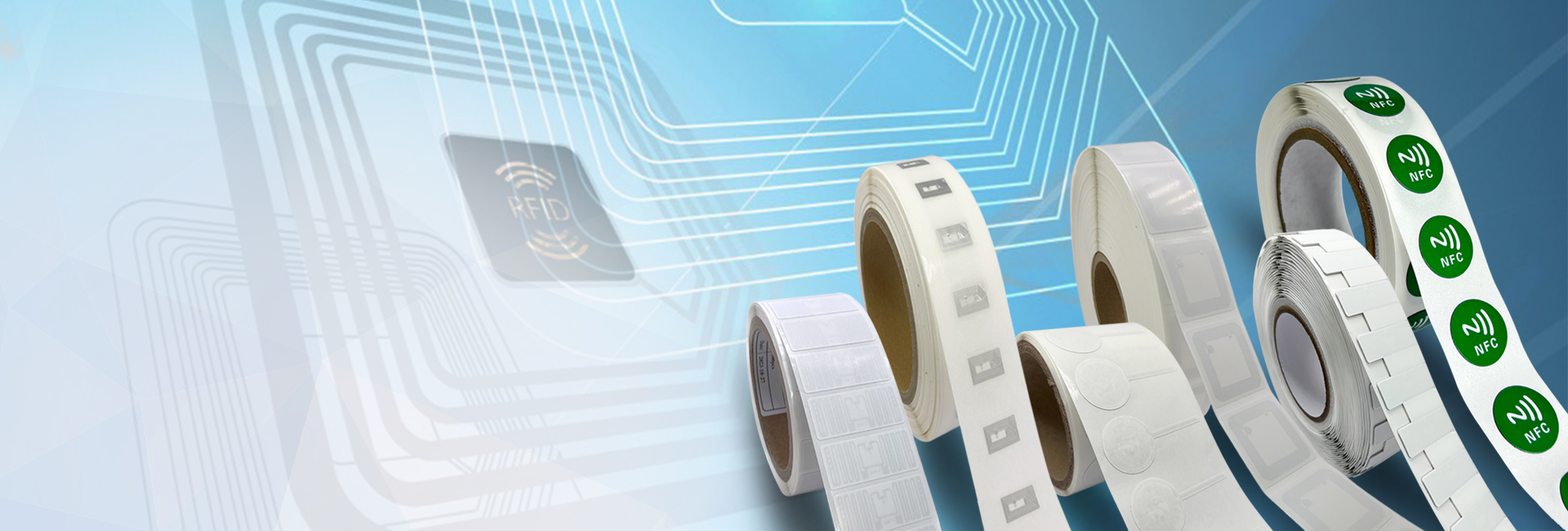 Home
>
Home
>
- Products >
- RFID Inlay/ Label >
-
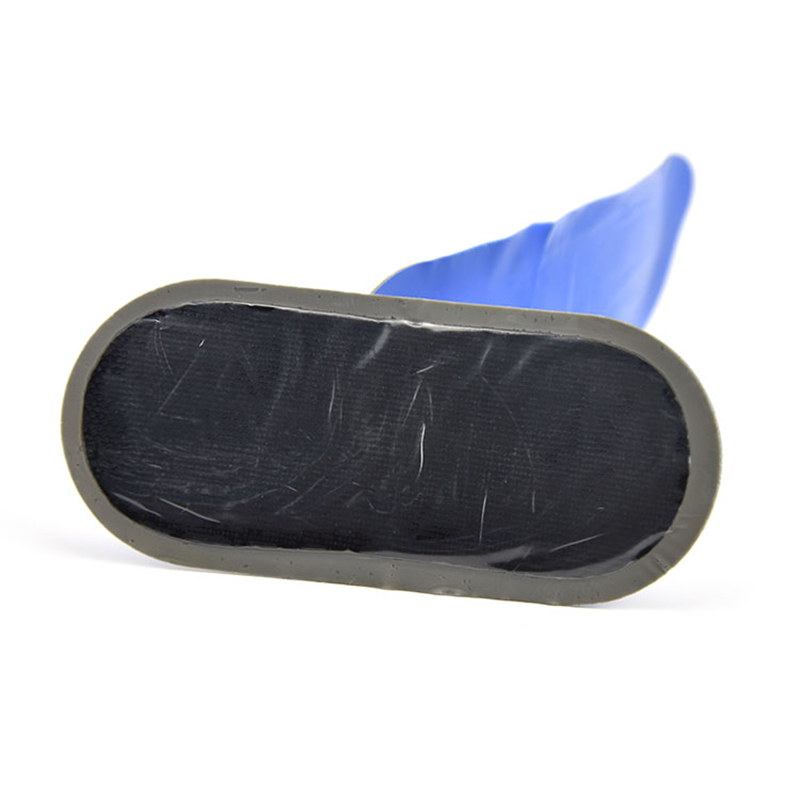 View More
View More
Alien H3 RFID Patch Tag Sticker Label UHF Tire Tag
Heat Resistant Alien H3 RFID Patch Tag Sticker Label UHF Tire Tag for Car Tire Tracking
-
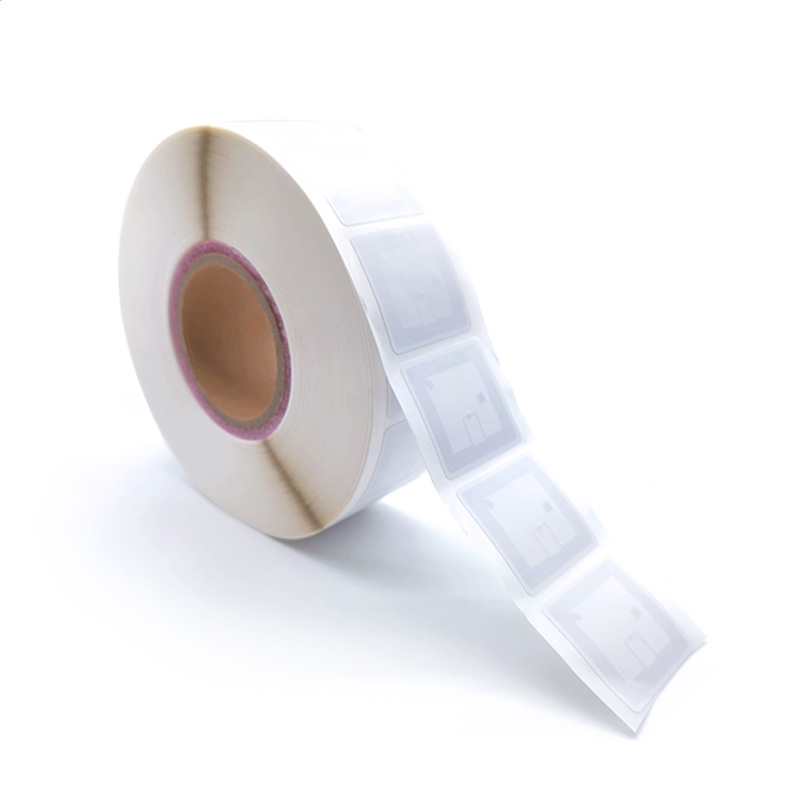 View More
View More
I CODE SLI HF NFC RFID Label for Library book
High frequency library tags, utilizing RFID technology, offer fast and accurate book identification
-
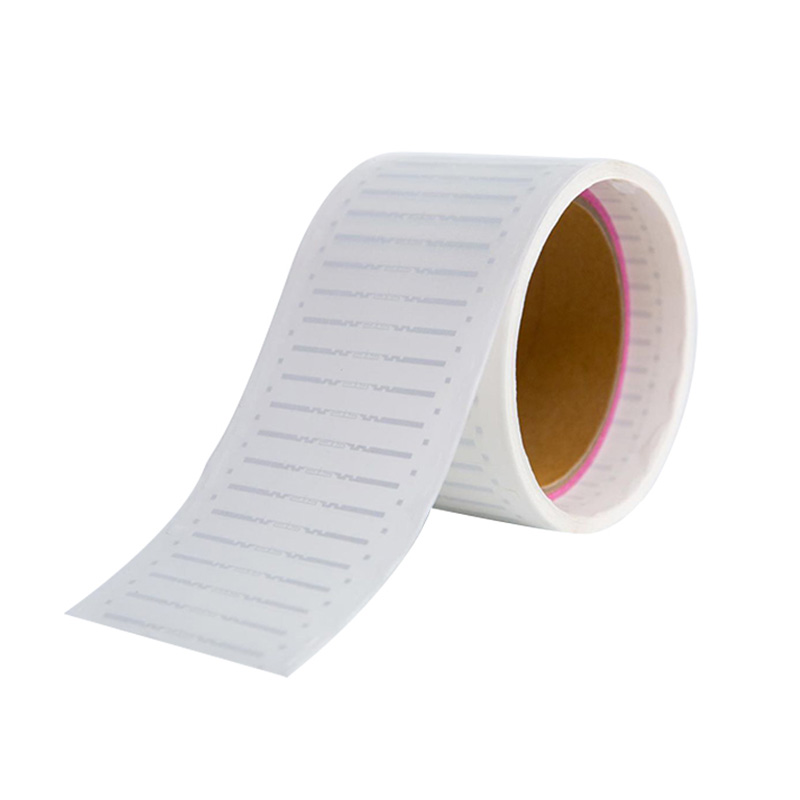 View More
View More
UHF EPC RFID Label Library Sticker Tags
This label can help librarians encode book information into RFID tags, and then perform tag data
-
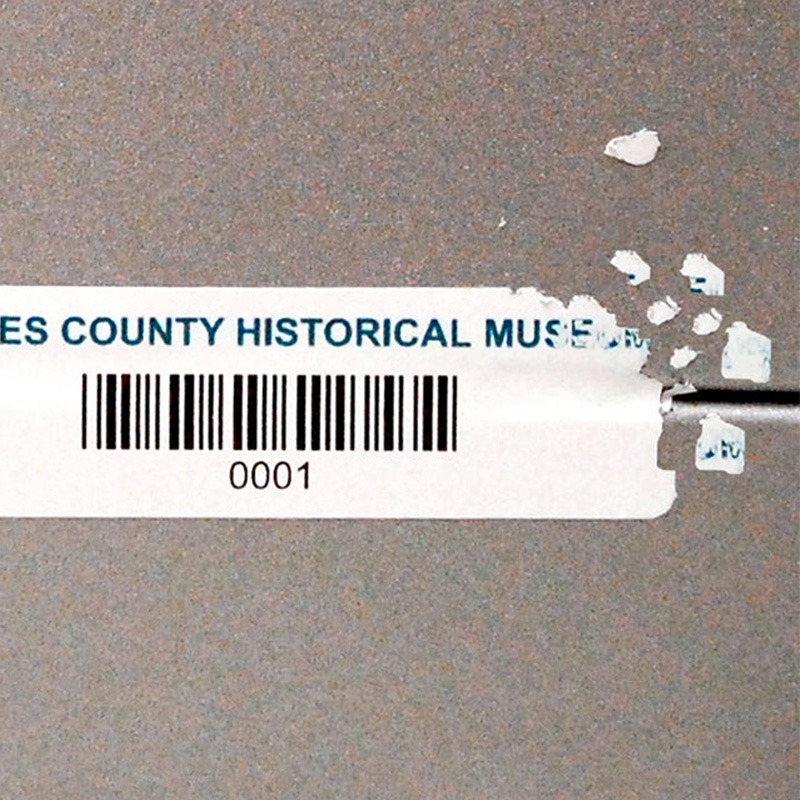 View More
View More
Custom 13.56MHz Anti-Counterfeit Label RFID Sticker
RFID anti-counterfeit labels are designed to combat counterfeit products by incorporating an RFID
-
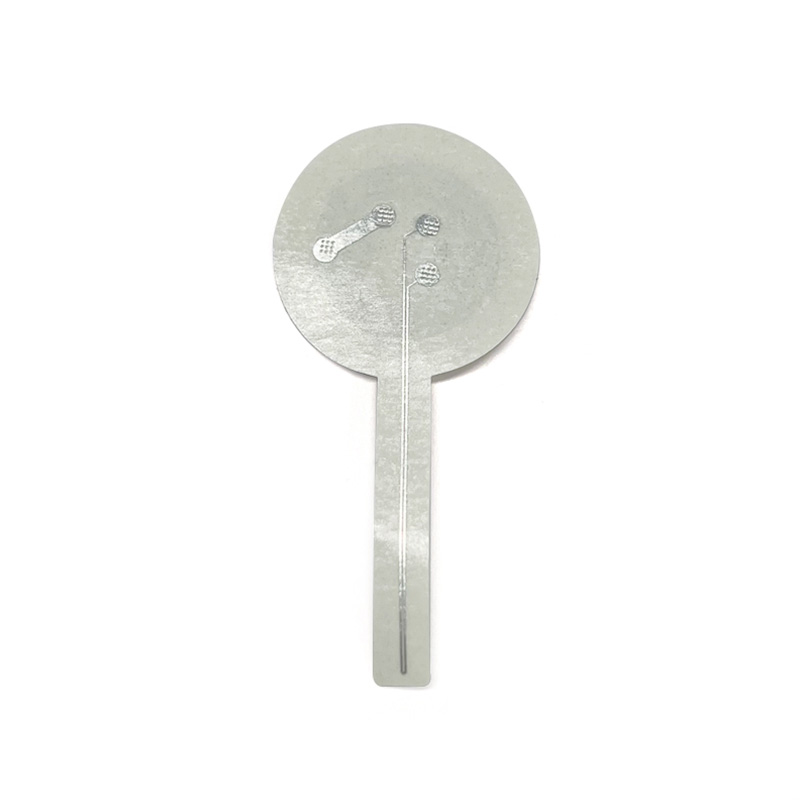 View More
View More
RFID Anti-Counterfeit Label Tamper-Proof RFID Sticker
RFID anti-counterfeit labels are designed to combat counterfeit products by incorporating an RFID ch
-
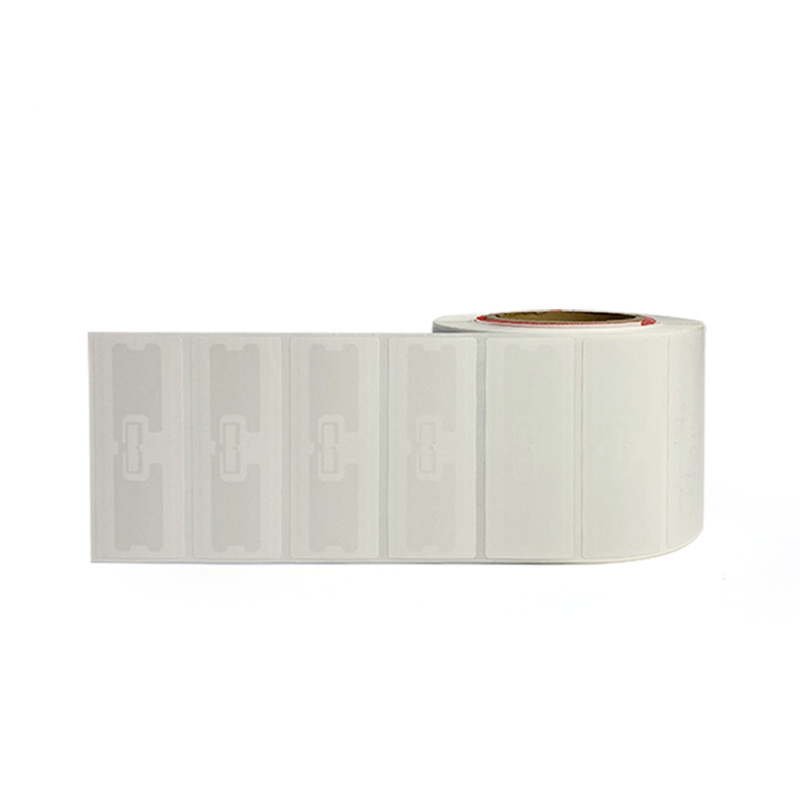 View More
View More
Vehicle Tracking Windshield RFID UHF Stickers
UHF RFID Tag Long Range Read Vehicle Tracking Windshield RFID UHF Stickers
-
 View More
View More
UHF Car Headlamp R6-P Windshield Sticker
ISO18000-6C Waterproof UHF Car Headlamp R6-P Windshield Sticker RFID Inlay RFID Sticker
-
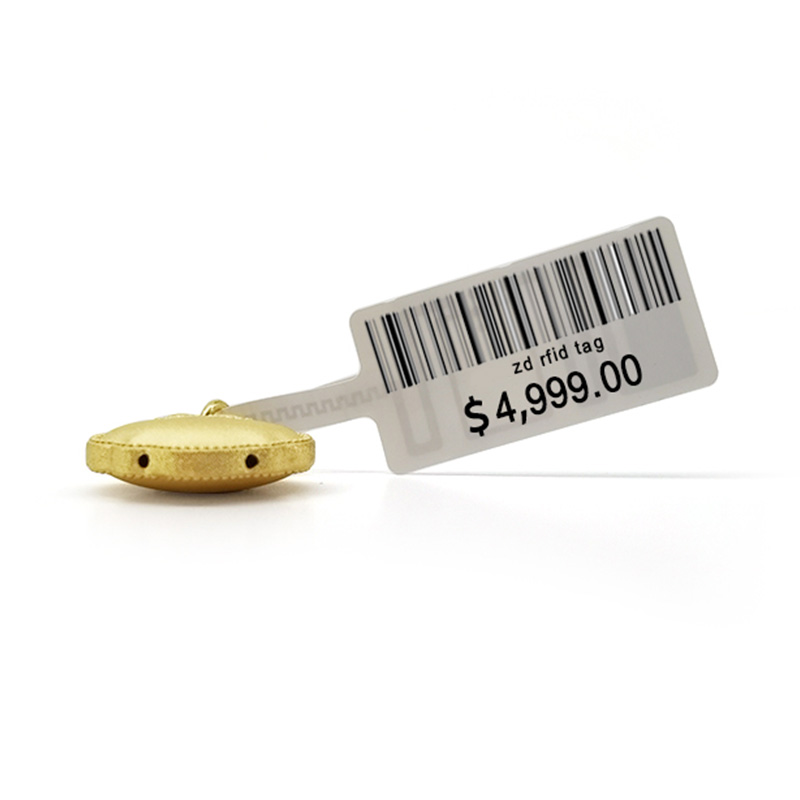 View More
View More
Waterproof and heat resistant RFID Jewelry Label
UHF 860-960Mhz PET Waterproof and heat resistant RFID Jewelry Label
ADVANTAGES
Our extensive experience and versatile production capabilities allow us to provide comprehensive and customized solutions, meeting a wide range of market demands.
-

DIVERSE PRODUCT RANGE
We offer a wide array of card types, including AES cards, transit cards, menu displays, white RFID cards, and wooden cards, designed to meet the diverse needs of our clients.
-

CUSTOMIZATION SERVICES
Our ability to personalize products, such as imprinting "Your Logo" on wooden cards, ensures that we can tailor our offerings to meet specific client requirements.
-

HIGH-QUALITY MATERIALS
We use both plastic and wood materials, demonstrating our commitment to using only the highest quality materials and showcasing our exceptional craftsmanship.
-

MULTIFUNCTIONALITY
Products like our menu displays with QR codes offer additional functionalities, enhancing the practicality and appeal of our cards.



